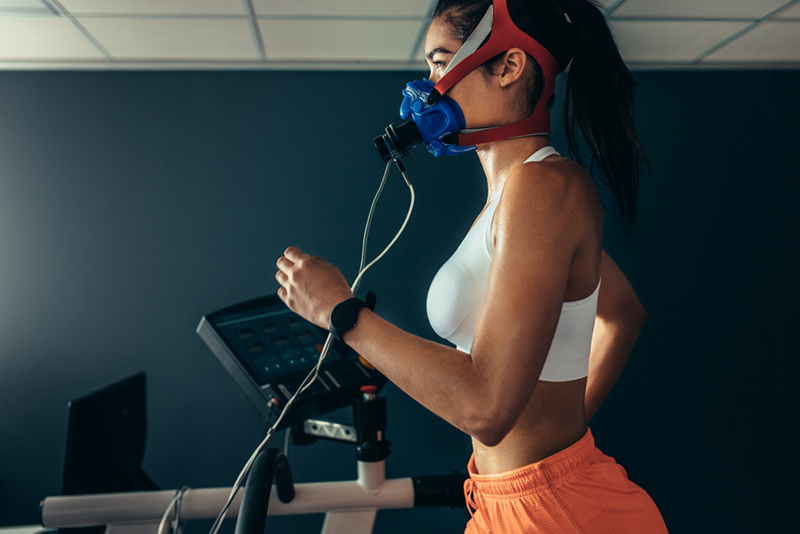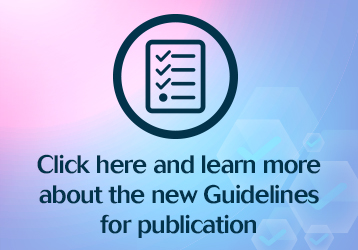Volume 32, Nº 4, July and August 2019
DOI: http://www.dx.doi.org/10.5935/2359-4802.20190058
ORIGINAL ARTICLE
Speed and Grade Increment During Cardiopulmonary Treadmill Testing: Impact on Exercise Prescription
Karlyse C. Belli
Paula F. Da Silva
Leandro T. Franzoni
Jonathan Myers
Ricardo Stein
Jorge P. Ribeiro (In Memoriam) ✞

Abstract
Background: Maximal oxygen uptake (VO2max) and both first (VT1) and second (VT2) thresholds have been used as reference points for exercise prescription in different populations.
Objective: We aimed to test the hypothesis that exercise prescription, based on VTs determined by treadmill cardiopulmonary exercise testing (CPET), is influenced by the rate of increase in treadmill workload.
Methods: Nine healthy individuals underwent two CPETs, followed by two sessions of submaximal exercise, both in randomized order. For the “speed” protocol, there was an increment of 0.1 to 0.3 km.h-1 every 15s. The “grade” incremental protocol increased 1% every 30s and 0.1 km.h-1 every 45s. This was followed by submaximal exercise sessions lasting 40min at an intensity corresponding to heart rate (HR) between the VT1 and VT2.
Results: The “speed” protocol resulted in higher VT1 (p = 0.01) and VT2 (p = 0.02) when compared to the “grade” incremental protocol, but there was no effect on VO2max. The target HR for the submaximal exercise sessions was higher in the “speed” protocol compared to the “grade” incremental protocol (p < 0.01) and remained stable during the two steady-state exercise sessions. Blood lactate remained stable during the submaximal exercise sessions, with higher values observed during the “speed” protocol than those “grade” incremental protocol (p < 0.01).
Conclusions: Compared to a grade-based protocol, a speed-based protocol resulted in higher VT1 and VT2, which significantly affected cardiorespiratory and metabolic responses to prescribed exercise intensity in healthy Young adults. (Int J Cardiovasc Sci. 2019;32(4):374-383)
Keywords: Cardiovascular Diseases/physiopathology; Exercise Test/instrumentation; Exercise Test/methods; Exercise Test/standards; Exercise Tolerance; Oxygen Consumption; Physical, Exertion; Heart Rate.











